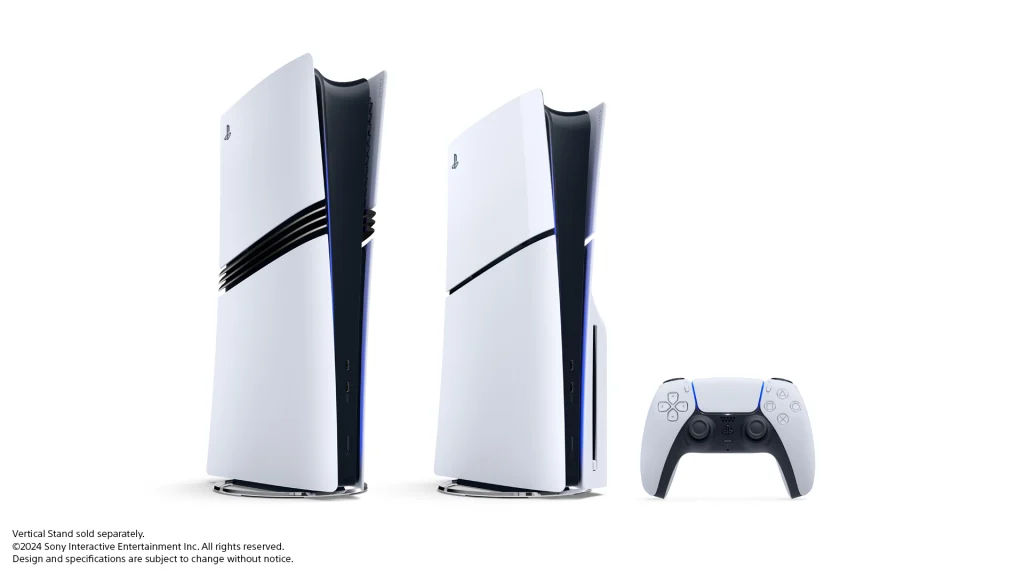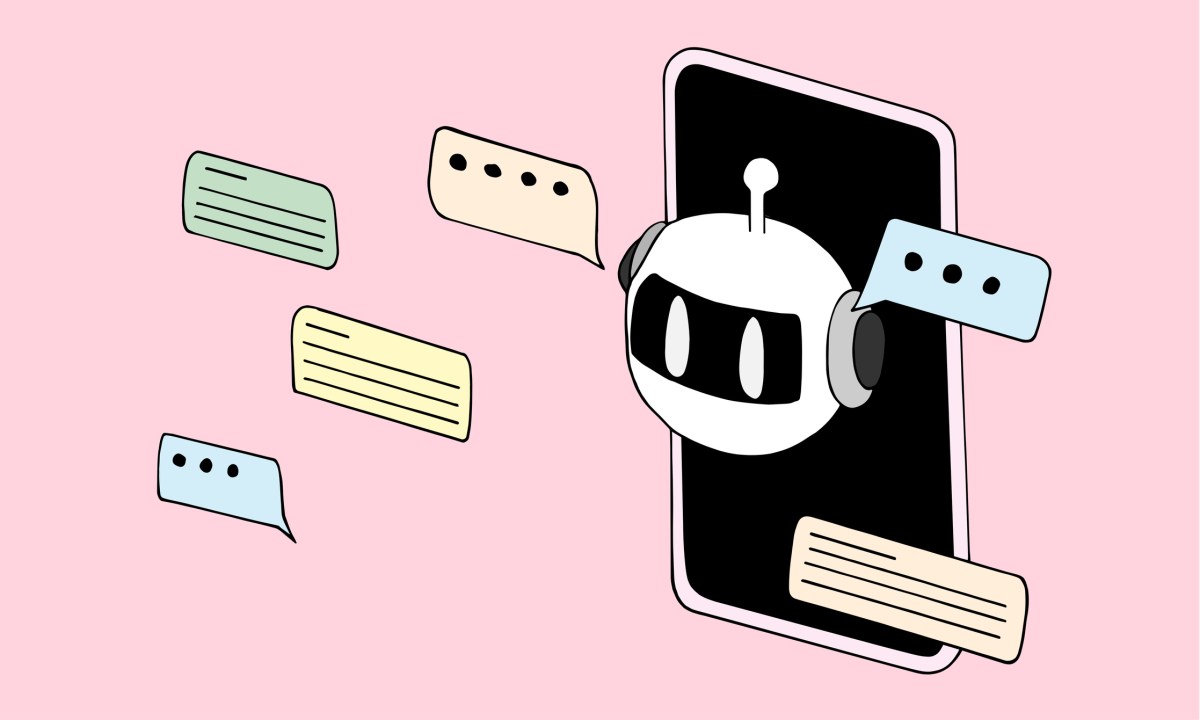The PlayStation 5 Pro is Sony’s most baffling console release
The PlayStation 5 Pro has been one of the worst kept secrets in the video game world. Everyone knew it was coming, with rumors and leaks circulating for months. On Tuesday, Sony finally showed its hand. And it might be the most poorly timed product launch in the company’s history. Sony unveiled the PS5 Pro in a 10-minute online presentation that was heavy on jargon and featured a brief sizzle reel of game footage. The new system will retail for a jaw-dropping $700 (optical drive and vertical stand not included). That’s a big uptick over the previous console generation, which sold for $399 (and $499 with optical drive). It’s not just the price increase that makes the PS5 Pro such a head-scratcher. The timing of this release—the system will hit shelves on Nov. 7—is also baffling. Sony has sold more than 59 million PS5 units since 2020 and is hoping the new hardware will drive more sales for its PlayStation division. So, debuting the PS5 Pro in the walkup to the holiday season might seem a logical choice. But holiday 2024 is an odd year for the video game industry. There’s a drought of big game releases this holiday season. Sony, in fact, has no top-tier titles coming from any of its internal studios. And without software to showcase the new system’s hardware advances, it’s hard to make a case for consumers to shell out that kind of money. (Sony did not respond to Fast Company’s request for comment on the price and scope of the PS5 Pro.) [Photo: Sony] Make no mistake, the hardware is impressive. The PS5 Pro’s GPU can render games 45% faster than its predecessor, allowing games to run faster and with more stability. And it uses machine learning to improve image clarity. But the Pro’s much-hyped over-60 Frames-Per-Second rate also won’t mean much unless you own a very top-end television—which most gamers don’t have. “We’re always pushing ourselves to innovate so we can meet, and hopefully exceed, the evolving needs of our players,” said Hideaki Nishino, CEO of the Platform Business Group at Sony Interactive Entertainment, in a statement. Mission accomplished on that front, Sony. Now you just need to give people a reason, in the form of a must-have game, to actually buy one of these things. Sony doesn’t have anything imminent in its pipeline to do that, so it was forced to rely on back-catalog games. Utilizing existing titles like Ratchet & Clank: Rift Apart and Marvel’s Spider-Man 2 to showcase what the PS5 Pro can do was absolutely the right call, as both push the system and have sharp graphical detail. But they’re also both a bit long in the tooth—and in the holiday season, people want to play something new, not the classics. Other developers are in the process of adding PS5 Pro support to existing titles, but that won’t change the fact that core gamers (which the PS5 Pro is certainly made for) have already completed those games. Historically, a Pro model is a system that (very roughly) marks the halfway point of a console’s life cycle. The PS4 Pro came out in 2016, three years after the PS4 debuted, and was discontinued in January 2021. (Microsoft rolled out the Xbox One S around that same time. Microsoft will roll out a refresh later this holiday season, but there was no increase to the system specs, as Xbox sales have largely stalled.) Announcements about those sorts of systems may not get the pomp and circumstance of a true next generation, but they generally get some air support from game developers. The PS5 Pro will have to fly on its own, though—and wait until Spring (or later) for the tsunami of big titles coming in 2025 (including Grand Theft Auto VI, Marvel’s Wolverine and Death Stranding 2: On the Beach) to help make the case for consumers to consider a heftier than ever investment in game hardware.

The PlayStation 5 Pro has been one of the worst kept secrets in the video game world. Everyone knew it was coming, with rumors and leaks circulating for months. On Tuesday, Sony finally showed its hand. And it might be the most poorly timed product launch in the company’s history.
Sony unveiled the PS5 Pro in a 10-minute online presentation that was heavy on jargon and featured a brief sizzle reel of game footage. The new system will retail for a jaw-dropping $700 (optical drive and vertical stand not included). That’s a big uptick over the previous console generation, which sold for $399 (and $499 with optical drive).
It’s not just the price increase that makes the PS5 Pro such a head-scratcher. The timing of this release—the system will hit shelves on Nov. 7—is also baffling.
Sony has sold more than 59 million PS5 units since 2020 and is hoping the new hardware will drive more sales for its PlayStation division. So, debuting the PS5 Pro in the walkup to the holiday season might seem a logical choice. But holiday 2024 is an odd year for the video game industry. There’s a drought of big game releases this holiday season. Sony, in fact, has no top-tier titles coming from any of its internal studios. And without software to showcase the new system’s hardware advances, it’s hard to make a case for consumers to shell out that kind of money.
(Sony did not respond to Fast Company’s request for comment on the price and scope of the PS5 Pro.)

Make no mistake, the hardware is impressive. The PS5 Pro’s GPU can render games 45% faster than its predecessor, allowing games to run faster and with more stability. And it uses machine learning to improve image clarity. But the Pro’s much-hyped over-60 Frames-Per-Second rate also won’t mean much unless you own a very top-end television—which most gamers don’t have. “We’re always pushing ourselves to innovate so we can meet, and hopefully exceed, the evolving needs of our players,” said Hideaki Nishino, CEO of the Platform Business Group at Sony Interactive Entertainment, in a statement.
Mission accomplished on that front, Sony. Now you just need to give people a reason, in the form of a must-have game, to actually buy one of these things.
Sony doesn’t have anything imminent in its pipeline to do that, so it was forced to rely on back-catalog games. Utilizing existing titles like Ratchet & Clank: Rift Apart and Marvel’s Spider-Man 2 to showcase what the PS5 Pro can do was absolutely the right call, as both push the system and have sharp graphical detail. But they’re also both a bit long in the tooth—and in the holiday season, people want to play something new, not the classics.
Other developers are in the process of adding PS5 Pro support to existing titles, but that won’t change the fact that core gamers (which the PS5 Pro is certainly made for) have already completed those games.
Historically, a Pro model is a system that (very roughly) marks the halfway point of a console’s life cycle. The PS4 Pro came out in 2016, three years after the PS4 debuted, and was discontinued in January 2021. (Microsoft rolled out the Xbox One S around that same time. Microsoft will roll out a refresh later this holiday season, but there was no increase to the system specs, as Xbox sales have largely stalled.)
Announcements about those sorts of systems may not get the pomp and circumstance of a true next generation, but they generally get some air support from game developers. The PS5 Pro will have to fly on its own, though—and wait until Spring (or later) for the tsunami of big titles coming in 2025 (including Grand Theft Auto VI, Marvel’s Wolverine and Death Stranding 2: On the Beach) to help make the case for consumers to consider a heftier than ever investment in game hardware.






















